Upper Extremity Exercise: Supination for Daily Activities
These instructions are for Children's Hospital of Philadelphia (CHOP) patients to improve the range of motion in their elbow and forearm through practicing supination activities and stretches.
Important information:
Supination is the rotation of the forearm and hand, so the palm faces upward. It involves the elbow and bones and muscles in the forearm. Supination is an important movement for daily activities such as eating, hair brushing, face washing, and playing with toys. Problems with supination can be caused by tight muscles, shortening of soft tissues, weakness or poor control of muscles.
Your occupational therapist will help figure out why your child is having problems with supination and provide instructions for activities and stretches. Splints or casts may also be used. Practicing the supination movement frequently is very important. Encouraging your child to practice supination activities as much as possible every day.
Patient instructions:
Supination stretch
Sandwich your child's hand, wrist and forearm between your hands. Turn their forearm so that the palm moves upwards towards the ceiling. (Figure 1) Do not twist their hand and wrist. Hold a comfortable stretch for 30 seconds, rest and repeat 2 more times. Repeat this process 3-5 times per day.
Work this stretch into your daily routine by stretching your child after each diaper change, around meals and snacks, or at other times that work best for you and your child. Stretching can be very helpful before working on supination activities.
|
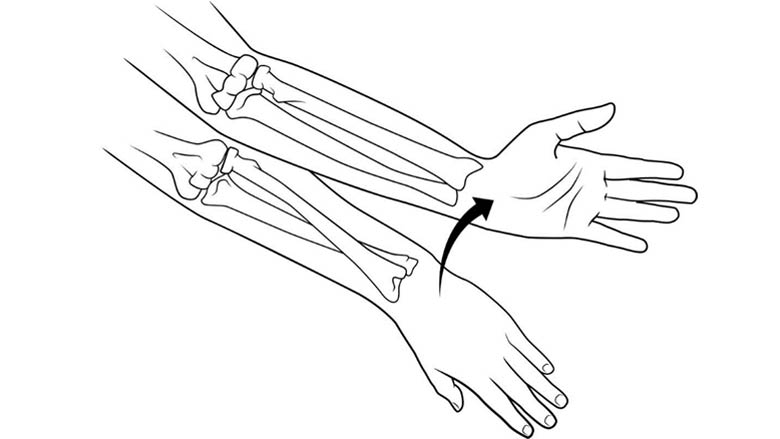
Figure 1 |
Activities
When completing the activities below, your child should keep their elbow against the side of the body. Bend the elbow about halfway, as if your child was grabbing the steering wheel of a car. Make sure the supination movement comes from the elbow and forearm and not from twisting the wrist or moving the shoulder. Their hand should be near the center of the body where your child can see it.
-
Clap or pop bubbles with clapping motion.
-
Place stickers on the palm of the hand or on the palm side of the forearm. Encourage your child to supinate, or turn their forearm, to look at the sticker.
-
Hold playing cards and hide them from the other players by supinating the arm.
-
Play with a toy steering wheel or pretend to drive.
-
Cup water with the hands, or scoop water up with a cup and pour it out repeatedly.
-
Shake dice in the hand with the palm facing upwards.
-
Brush hair.
-
Catch and toss a ball with two hands. Use a ball large enough to encourage both hands to work, like a beach ball or kickball. Encourage the palms to touch the ball.
-
Hold a phone or toy phone up to the ear.
-
Bat a tennis ball, racket ball, or similar sized ball between the hands on a tabletop.
-
Button or unbutton a shirt. Your child must be wearing the shirt.
-
Scoop food with a spoon. Oatmeal, mashed potatoes and pudding are easier. Jellybeans and peas are more difficult. Make sure it is something safe for your child to eat.
-
Place an interesting object or toy at the center of the body and encourage your child to touch the palm side of his hand to the object. You can use simple objects such as a pen, a stick, a ring toy, or other objects which can be easily grasped with one hand.
-
Turn book pages.
Supinator strap
A supinator strap can provide a stretch and help your child use their muscles to supinate. To use the strap:
-
Place the strap on the back of the hand. The end of the strap should point towards the wrist. (Figure 2)
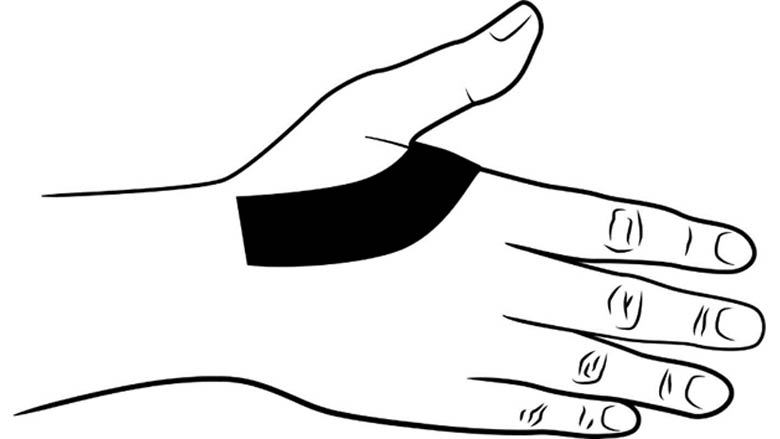
Figure 2
-
Move the strap though the space between the thumb and the index finger. Cross the strap over the fat pad of the thumb. (Figure 3)
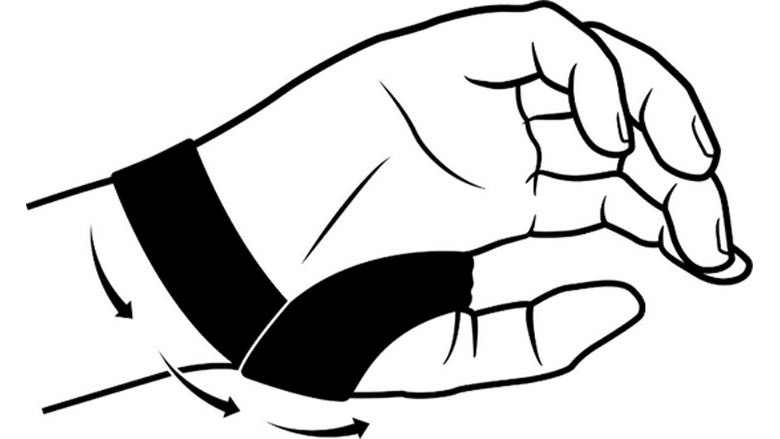
Figure 3
-
Once the splint is in place, turn your child's forearm so that the palm faces upward. Slightly extend your child's wrist. Wrap the strap around the wrist and the forearm. (Figure 4)
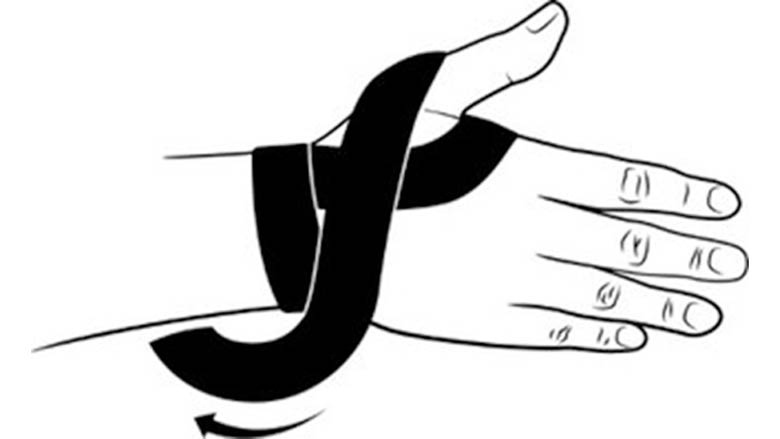
Figure 4
-
Secure the strap, above the elbow, with the Velcro. The attachment above the elbow should be snug, but comfortable. The skin on the arm should be pink and warm. (Figure 5)
-
If you remove the strap and your child has redness that does not go away after 20 minutes, make the strap looser the next time. If after loosening, redness continues, stop using and contact your therapist.
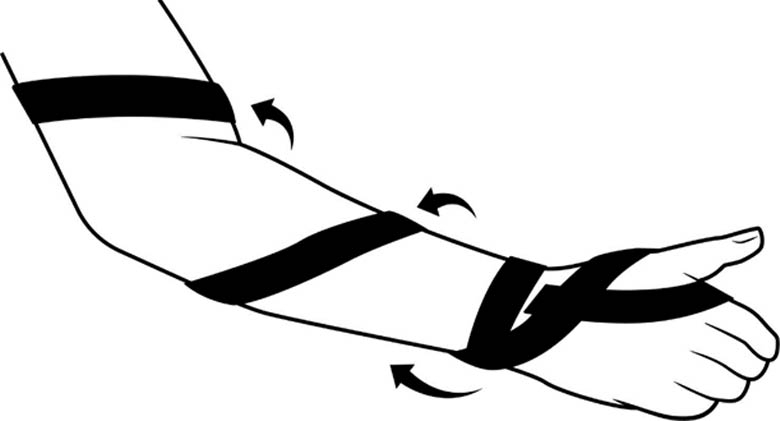
Figure 5
Wash the strap in ice cold water and allow it to air dry. Use mild soap if needed and be sure to rinse it well.
Reviewed on January 10, 2023, by Meghan Burkhardt, MS, OTR/L, BCP